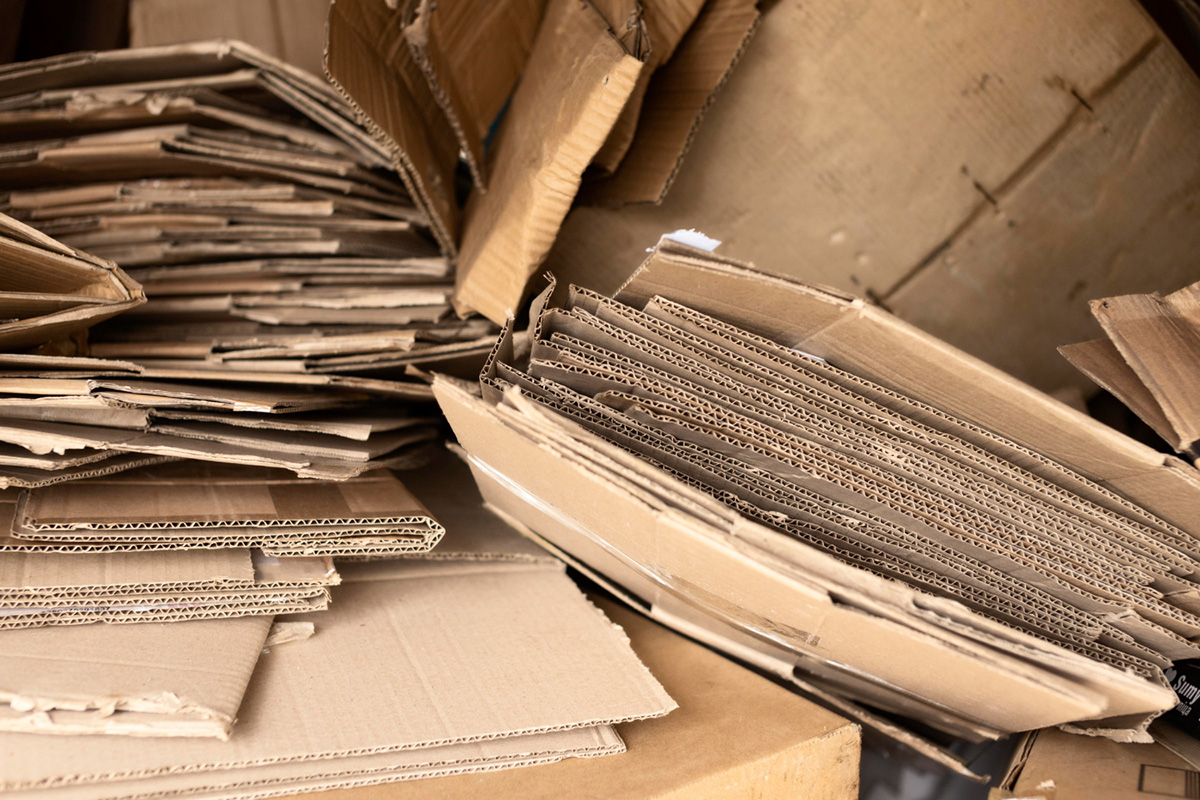
Did you know that the average American throws away about 500 pounds of cardboard every year? That’s a staggering amount of cardboard that could be repurposed and recycled instead of filling up landfills. Thankfully, recycling cardboard is a simple and cost-effective way to reduce waste and protect our planet. In this blog post, we’ll take a closer look at the cardboard recycling process and its environmental benefits.
The first step in the cardboard recycling process is collection. Cardboard boxes can be found in households, offices, retail stores, and many other places. To recycle cardboard, it needs to be separated from other materials, such as plastics, metals, and food waste. Recycling companies provide recycling bins to make it easy for people to segregate recyclables from non-recyclables. These bins are then collected by recycling trucks and transported to sorting facilities.
Once the cardboard is collected, it is transported to a sorting facility where it is sorted into different categories. The sorting process involves separating the cardboard based on its quality, thickness, and size. Different types of cardboard are processed differently and yield different grades of recycled material. High-quality cardboard, such as corrugated cardboard, is highly sought after by recycling companies as it can be recycled multiple times.
After sorting, the cardboard is shredded into small pieces and then pulped. Pulping involves immersing the cardboard in water and adding chemicals to break it down. The resulting slurry is then mixed and heated to dissolve any remaining impurities and create a smooth pulp. The pulp can be bleached to remove any remaining ink or other contaminants before it's sent to the paper-making factories.
The final step in the cardboard recycling process is turning the pulp into new paper products. The pulp is sent to paper-making factories where it is dried, rolled, and cut into sheets. These sheets can be used to make new cardboard boxes, cereal boxes, paper towels, and many other paper products. The recycled cardboard products can then be sold and used again, reducing the demand for virgin materials and saving energy.
Recycling cardboard offers many environmental benefits. Firstly, cardboard recycling reduces the amount of waste being sent to landfills, which helps to conserve space. Secondly, it helps to reduce pollution by reducing the demand for virgin materials and energy used in the manufacturing process. Lastly, recycling cardboard saves trees, water, and energy, making it a more eco-friendly activity.
Recycling cardboard is one of the easiest and most cost-effective ways to reduce waste and protect our environment. By understanding the cardboard recycling process and its environmental benefits, we can all make a difference. At All County Recycling, we specialize in cardboard recycling in New Jersey, and we’re committed to providing sustainable solutions to our customers. Contact us today to schedule a free consultation and let’s work together to protect our planet.